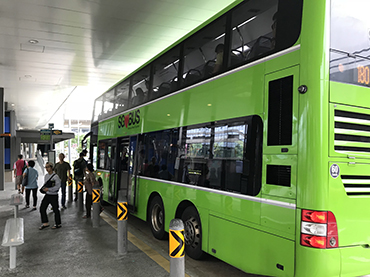Train
Policies
The rail network will grow to about 360km by the early 2030s to reach more people and places. The denser network will also provide more convenient options and alternative travel routes for commuters who use public transport.
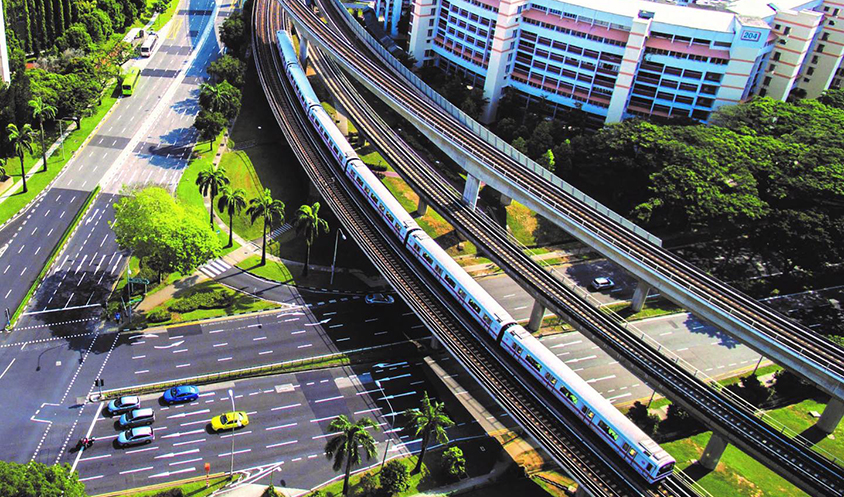
Expanding the Rail Network
Since the start of train operations on 7 November 1987 with just five MRT stations on the North-South Line, we have expanded the coverage of our rail network, building more lines and stations over the years.
Today, we are expanding our rail network at an unprecedented pace, with a series of major projects to be completed progressively: “closing the loop” with Circle Line Stage 6, Stage 5 of the Thomson-East Coast Line, the Downtown Line 3 extension, as well as the Jurong Region Line and Cross Island Line.
By the 2030s, about eight in ten households will be within a ten-minute walk of a train station.
Additionally, feasibility studies are ongoing for two new rail lines, tentatively called the Seletar Line and Tengah Line. The Seletar Line, if deemed feasible, could serve areas such as Woodlands, Sembawang, Sengkang West, Serangoon North, Whampoa, Kallang, and the Greater Southern Waterfront. For the Tengah Line, we are assessing how it could supplement the transport network in the west and northwest regions to serve areas such as Tengah, Bukit Batok, Queensway, and Bukit Merah. We have also preliminarily assessed that these two potential rail lines could meet at the Greater Southern Waterfront. If studies confirm that these lines are feasible, we expect to complete them in phases from the 2040s.
Learn more about the rail network and upcoming rail projects.
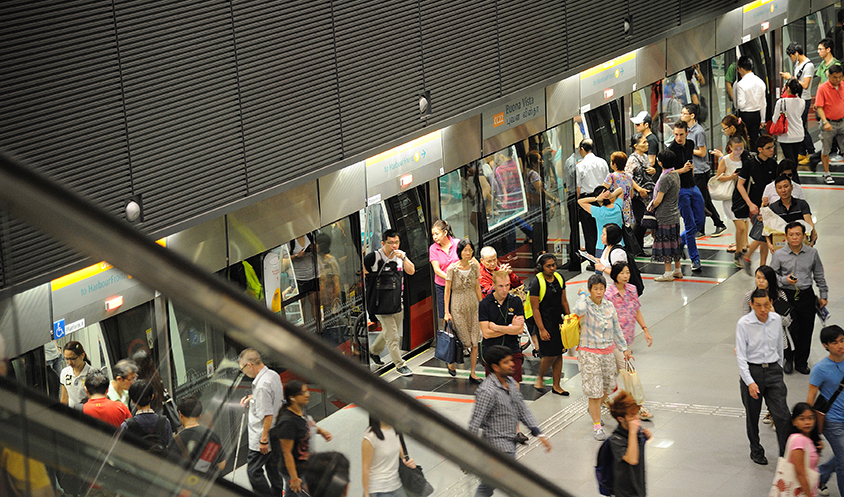
Renewing North-South and East-West Lines
The North-South and East-West Lines (NSEWL) are the oldest and most heavily utilised rail lines in our network. To sustain the reliability of both lines to meet current and future demands, the Land Transport Authority (LTA) has completed the renewal of their six core systems.
On 4 June 2023, LTA also introduced the first batch of the new R151 trains for passenger service, which will replace the earlier generation NSEWL trains progressively by 2026, before the end of their service life.
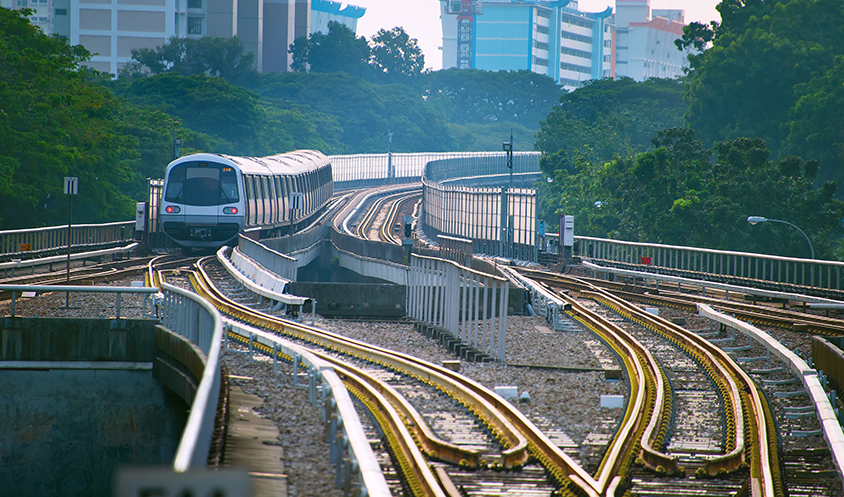
Mid-life Upgrade of the North East Line Trains
The North East Line (NEL) runs some of our oldest driverless MRT trains. These trains are currently undergoing a mid-life upgrade, which will refresh the train interiors, decrease maintenance downtime and minimise the risk of delays which arise from train faults due to equipment failure. The mid-life upgrading works started in 2019 and are expected to be completed by the first quarter of 2026.
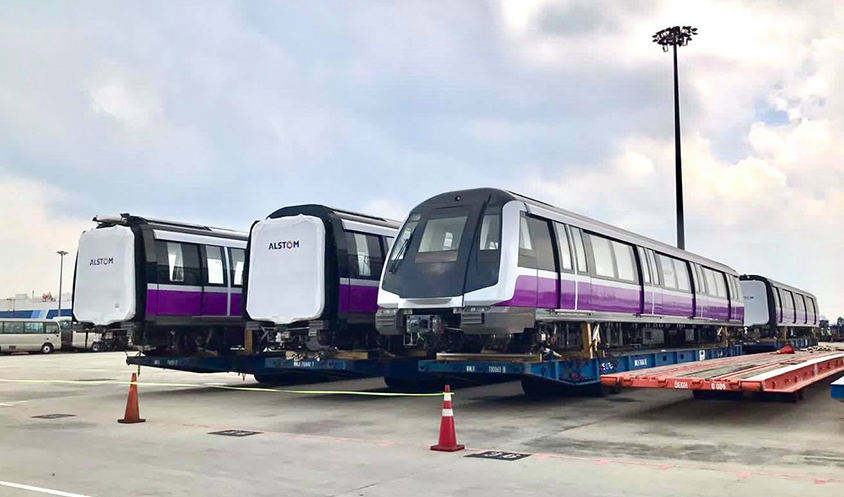
Renewing the Bukit Panjang LRT and Sengkang-Punggol LRT
All 19 first-generation trains on the Bukit Panjang LRT (BPLRT) will be replaced with new trains between 2023 and 2025. The power rail and signalling systems will also be upgraded to improve operations and system reliability. Since December 2024, we have fully resumed double-loop service on the BPLRT all day during operating hours. We are on track to complete the BPLRT renewal works by 2026.
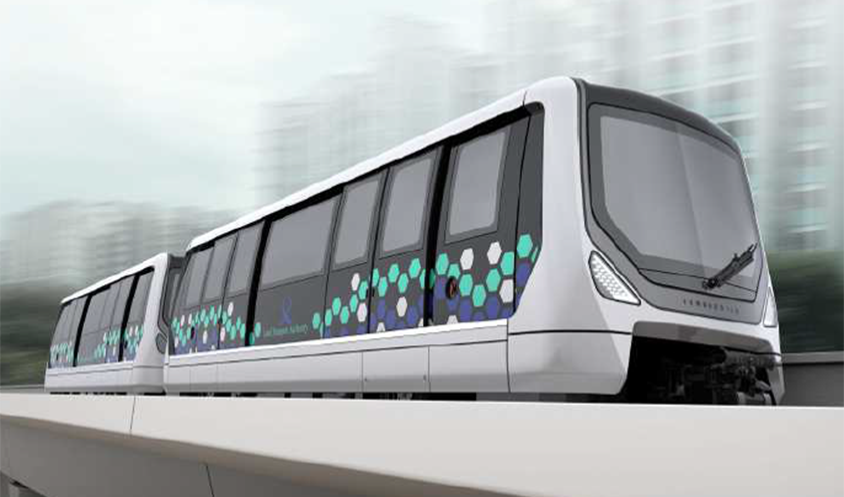
Another 25 new Sengkang-Punggol LRT (SPLRT) two-car trains have also been purchased to better meet long-term public transport demand in Sengkang and Punggol towns. The first of these new two-car trains will enter into service in July 2025, and the remaining trains will progressively enter service by 2028.
The SPLRT depot is also being expanded from 3.5 hectares to 11.1 hectares, to increase its stabling capacity and create more space for maintenance facilities. The depot expansion works are expected to be completed by 2027.
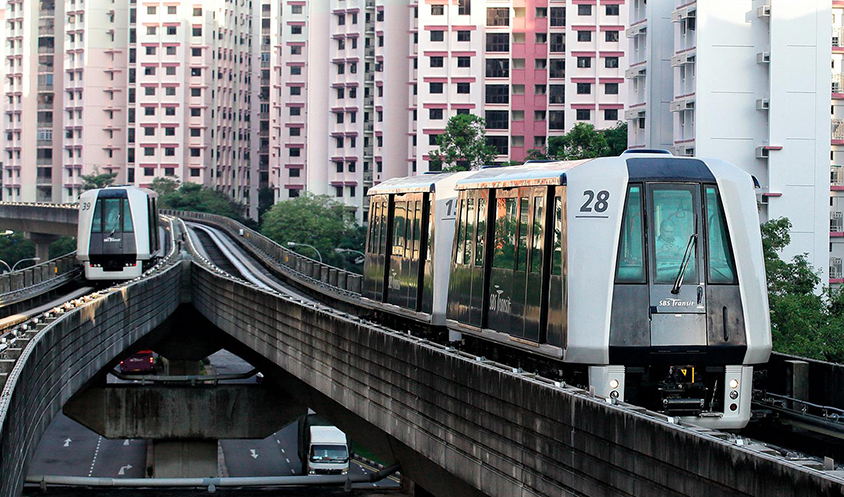
Learn more about the various renewal works in our rail network.
Rail Reliability
Rail reliability will continue to be a top priority. Since 2019, we have achieved and maintained our target of at least 1 million Mean Kilometres Between Failure (MKBF) across our rail network, making us one of the leading metro systems worldwide for reliability.
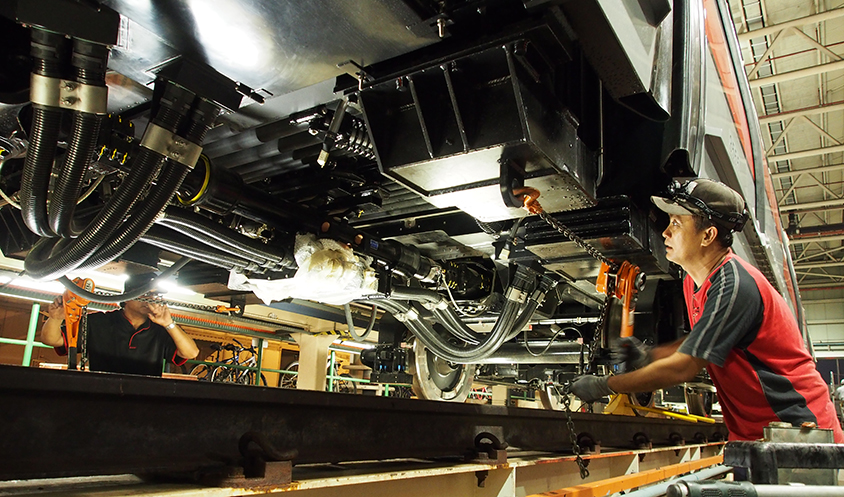
Singapore Rail Testing Centre (SRTC)
This centre will support the testing and commissioning of trains and railway systems for both new and existing rail lines. SRTC is the first of its kind in Southeast Asia, and will allow us to conduct round-the-clock testing without affecting operations of active train lines.
This frees up time for maintenance work on the mainline during limited engineering hours, and minimises the need for interruptions to train services during operational hours. The centre’s test tracks are designed to be interoperable and can accommodate the various types of trains and railway systems used across the rail network.
Learn more about the SRTC.
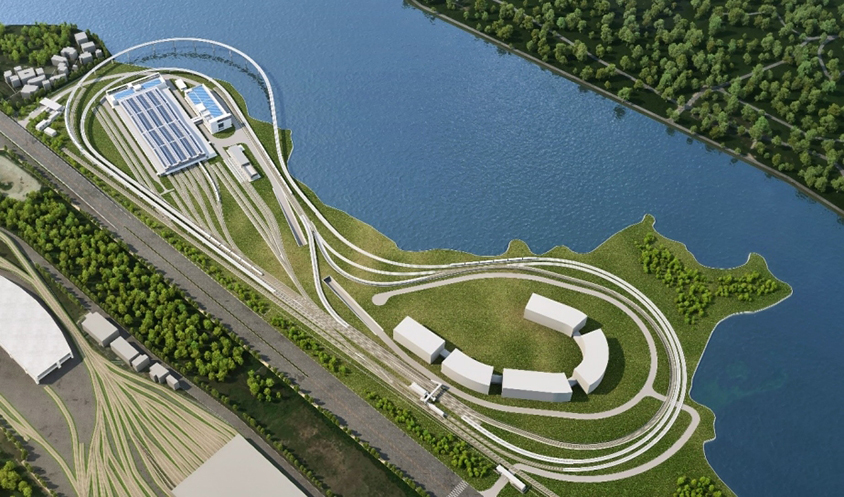
Under the NRFF framework, which was first implemented in 2011, LTA took over the ownership of operating assets, such as trains and signalling systems, from the public transport operators. As the asset owner, LTA can ensure timely investments in capacity expansion and the replacement and upgrading of operating assets.
The rail operators, relieved of the responsibilities of asset ownership, focus on operations and maintenance of the rail network and providing reliable rail services for commuters. Adjustments were also made to the licensing periods, profit and risk sharing arrangements, as well as the regulatory regime, to enhance the contestability, sustainability and reliability of our rail system.
Learn more about the NRFF.
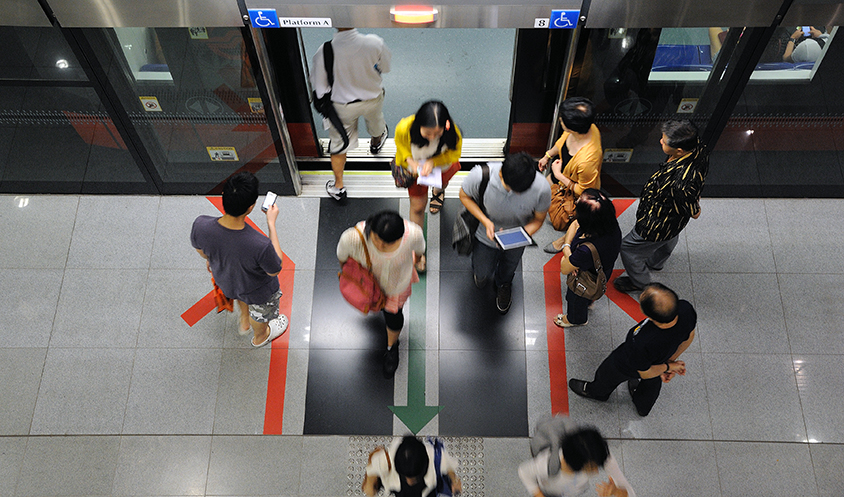
FAQs
Since 2016, LTA has been publishing the Mean Kilometres Between Failure (MKBF) of our rail network. This metric is a simple and internationally recognisable indicator of rail reliability. It refers to the average distance a train travels before experiencing a delay of more than five minutes. A higher MKBF generally means greater reliability, as trains travel further without delays.
We achieved our target of 1 million MKBF in 2019 and have remained above it since. This was the result of years of hard work by the tripartite partners and thousands of engineers, technicians and service staff.
Beyond 1 million MKBF, the indicator may be less useful, as it becomes very sensitive to small changes in reliability. For example, one or two more incidents a year can cause the MKBF of a highly reliable line to half.
Nevertheless, the MKBF remains a relevant benchmark us against other world-class operators. We also track other indicators such as the number of delays longer than 30 minutes over a 12-month period. Comparisons with other global metro systems that publish similar data, such as Hong Kong, Japan, New York and Taipei, are available on LTA's website.
From Oct 2025, LTA will also publish monthly MKBF updates as part of our commitment to transparency and accountability, so that the public has a clearer picture of how our rail network has been performing over time.
While the MKBF is a simple and internationally recognised indicator of reliability, it has its limitations.
For example, it does not reflect the duration of disruptions, and therefore the actual impact on commuters. To address this, LTA also publishes the number of delays lasting over 30 minutes in its Rail Reliability Report, to show the frequency of more severe disruptions.
LTA intends to share additional indicators publicly, such as the proportion of scheduled mileage travelled by revenue trains, and the punctuality of trains reaching terminus stations. LTA is also studying additional metrics that better reflect the impact of disruptions on commuters. This could include the number of affected commuter trips, considering disruption extent and duration. These new indicators will be included in the monthly rail reliability reports when ready.
Recent MRT disruptions happened across different MRT lines with different causes. Based on preliminary investigations, the incidents appear to be independent and isolated to individual equipment or systems.
While this suggests they were isolated incidents with specific fixes, the government formed a Rail Reliability Taskforce in September 2025 to investigate whether common underlying problems might be causing recurring faults across the network.
While isolated incidents can be addressed by targeted fixes for specific problems, if there are more fundamental issues (e.g. in maintenance practices, staff training, or management of systems) that can affect the entire rail system, we want to find more comprehensive solutions.
The Rail Reliability Taskforce is chaired by LTA Chief Executive Ng Lang and includes SMRT CEO Ngien Hoon Ping, SBST CEO Jeffrey Sim, and technical specialists from across the rail sector, supported by a five-member Independent Advisory Panel. Among other work, the Taskforce will audit maintenance and operations of critical systems, including maintenance processes and staff training, to understand if there are more fundamental issues that must be addressed.
In the meantime, the Taskforce will also work to fast track the replacement of critical components involved in recent disruptions and improve service recovery processes to minimise the impact of disruptions on commuters.
The Taskforce reports regularly to the Acting Minister of Transport and will submit final recommendations by end-2025.
Several measures are being implemented to improve rail reliability:
1. Additional funding for system upgrades
The government will spend an additional $1 billion over five years to renew and upgrade rail systems, improve technology used to monitor the condition and maintenance of these systems, and uplift the capabilities of workers in the rail sector.
2. Solutions through the Rail Reliability Taskforce
The Taskforce, made up of LTA, rail operators SMRT and SBS Transit, and independent international experts, will develop immediate solutions to improve rail reliability and better coordinate how they respond to service disruptions. This could include
bringing forward the renewal of critical systems. The Taskforce will submit final recommendations by end-2025.
Expansion and reliability improvements are happening simultaneously, not as an either-or choice.
While we work to improve existing rail reliability, we're also expanding the network because having alternative routes helps with overall system reliability.
Currently, if commuters are caught in a train delay or disruption, they must continue their journey by other transport modes like buses, taxis or private hire vehicles. These alternative transport options carry fewer people, so commuters might face significant delays before they can continue their journeys.
As we complete new train lines like the Cross Island Line and Jurong Region Line, commuters who find themselves caught in a train disruption will have more rail alternatives to switch to. For example, if the North-South Line has issues, passengers may be able to use the Cross Island Line to reach their destination instead of relying solely on bridging buses or private hire vehicles/taxis.
This approach of building more alternatives into the system means that even if individual lines experience problems, the overall network remains resilient, and commuters can complete their journeys. Our rail network expansions will ensure 8 in 10 households are within a 10-minute walk from a train station by the 2030s, giving more Singaporeans access to multiple transport connectivity options.
We're taking a two-pronged approach: reducing peak hour crowding through incentives and strengthening the infrastructure to handle high passenger loads better.
1. Reducing Peak Hour Crowding
We encourage passengers to travel during off-peak periods through fare incentives. Currently, commuters who tap in at MRT or LRT stations before 7:45 AM on weekdays get up to $0.50 off their fare.
In areas where rail lines are busier, we have also introduced alternative express bus services to the CBD and other major destinations, to provide more options for commuters.
2. Strengthening Infrastructure
We're also upgrading the physical systems to better cope with peak crowds. This includes replacing old equipment and using technology that can predict when parts might fail before they do.
Additionally, we're improving how trains are managed in real-time during peak hours and expanding the rail network with new lines like the Cross Island Line to spread passenger loads across more routes.
